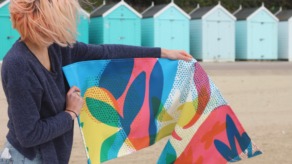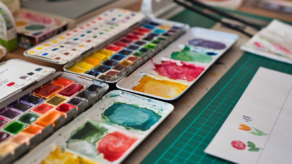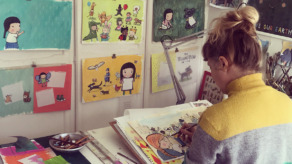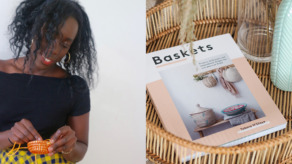Flow goes green
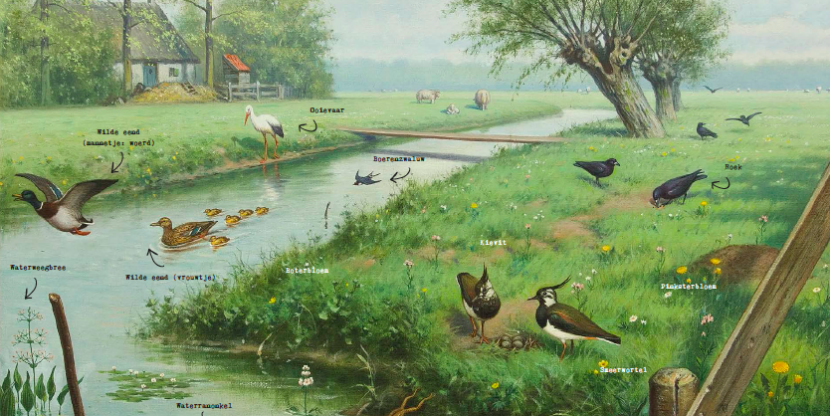
Hooray, spring is almost here! We can’t wait for the flowers and plants to start growing and blossoming. Which is why in issue 2 of Dutch Flow, we turn our attention, not once, but twice to nature. What’s more, we’ve also placed a piece of both articles on our blog.

The one with the yellow leaves
It’s crazy to think that we often have no idea what the names are of the flowers growing along the water’s edge or of the birds visiting our gardens. But with just a little botanical wisdom and bird know-how, a whole new world is open to us, as Caroline Buijs discovers.
Even the common names of some plants and flowers make expanding your knowledge on flora worth your while. Take Saxifraga x urbium for example. It has several common names: London Pride, St. Patrick’s Cabbage, Whimsey, Prattling Parnell, and – one of our favorites – Look Up And Kiss Me. In Dutch, the flower is known as Schildersverdriet (“Painter’s Sorrow”), because no painter was able to paint it.
And here’s something else: if you want to study something in nature, you need to have time on your hands. Dutch teacher, conservationist and botanist, Jac. P. Thijsse was well aware of this more than a hundred years ago, when he co-wrote the book, Van vlinders, bloemen en vogels (From Butterflies, Flowers and Birds), with E. Heijmans: “Above all, do not be impatient; if you have not reached your goal in ten minutes, extend your time to a quarter of an hour. A study of nature always takes time. […] And if you have gone out bird watching for European goldfinches, then it is very possible that they will not show up. But you will probably be compensated with the unexpected appearance of a flock of snow buntings, a green woodpecker or a waxwing.”

One of the eight styles portrayed in the book, “Decorate with Flowers” by Holly Becker and Leslie Shewring.
Flower arranging with a difference
What do you do with that bouquet of flowers that you don’t actually like? Rather than stick them in a vase and hope they will die sooner than later, here’s another solution: arrange them anew. Split the blooms, and make different combinations – be it in vases, bowls or on the window. We found a whole load of inspiration from Instagram and other bloggers.
“What I do is cut the flowers short, and stick them to the window with washi tape.”
Sometimes you have to step off the beaten path to arrive at something beautiful, says author, stylist and blogger, Holly Becker. She also advises taking that neat bunch of flowers that you bought from the florist, and simply pulling it apart. “I tend to separate a ready-made bouquet and group the flowers by species. I throw the foliage away, as I don’t really like the greenery that is so often used in these bouquets. It always looks fake, almost plastic. Instead, I like to use fresh mint or leaves that I found in the woods. Sort out all your material, lay it out in front of you and then think of interesting new combinations.”
Find the full articles – and much more – in Dutch Flow 2 (Dutch only)


